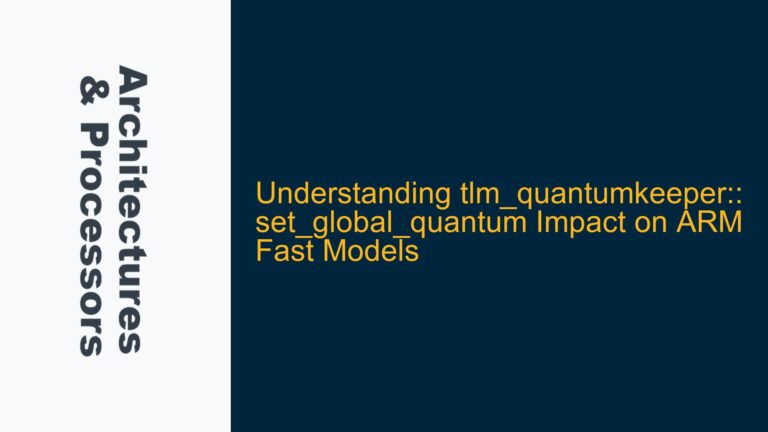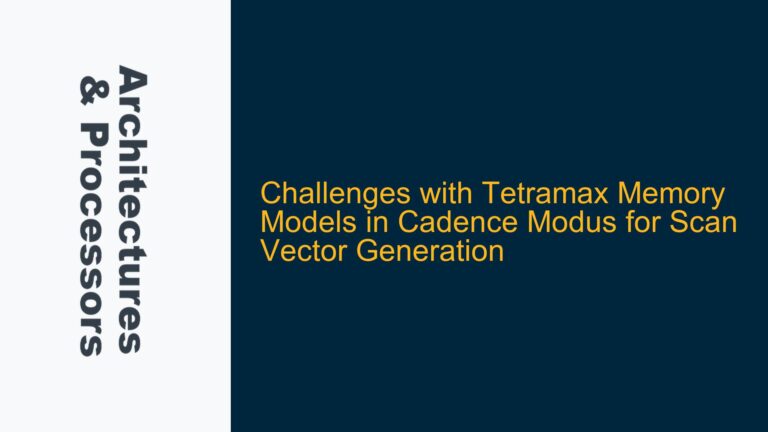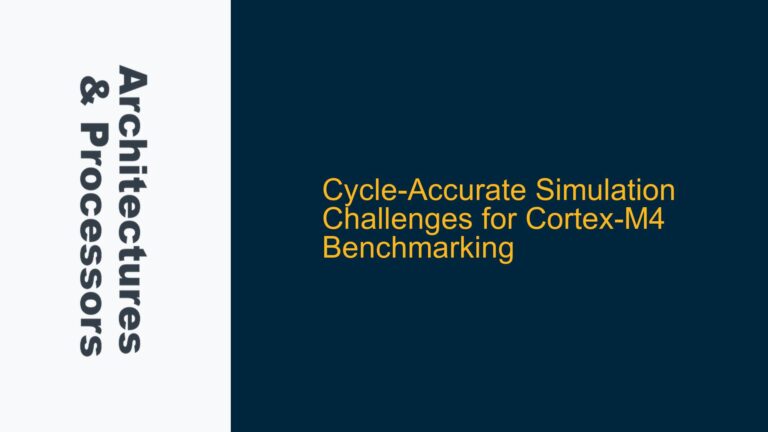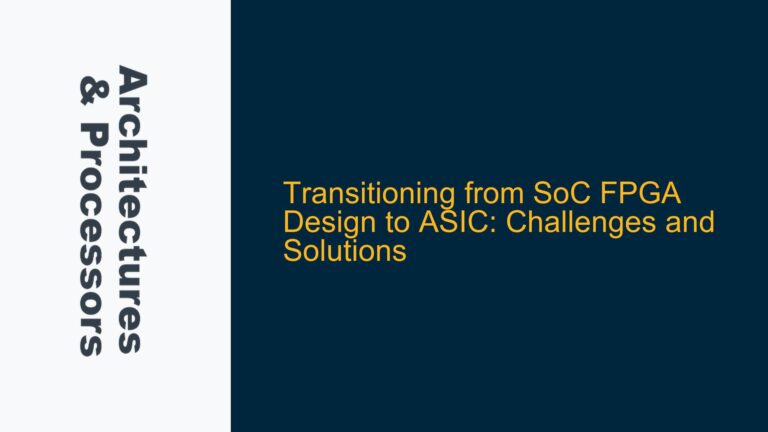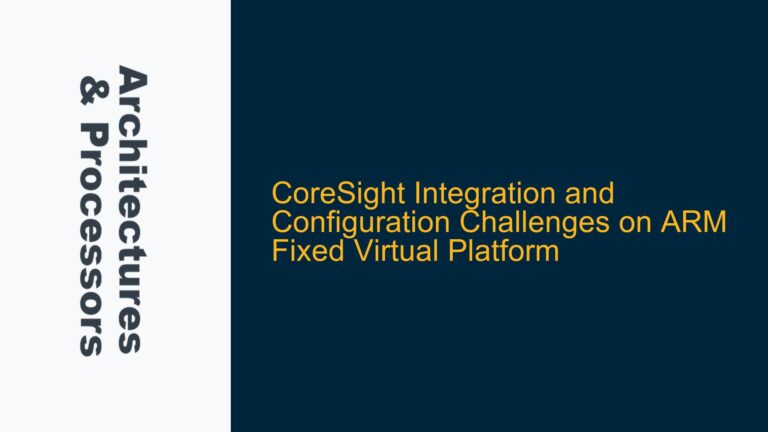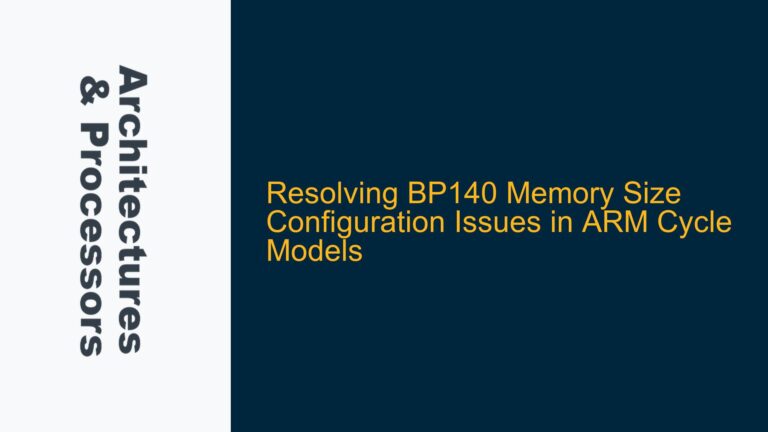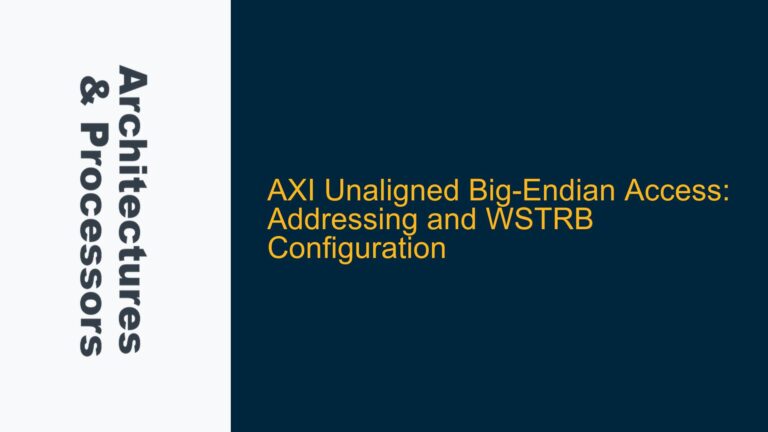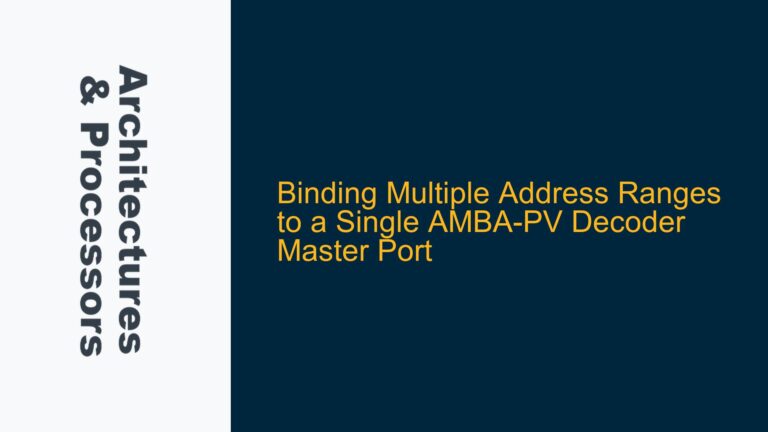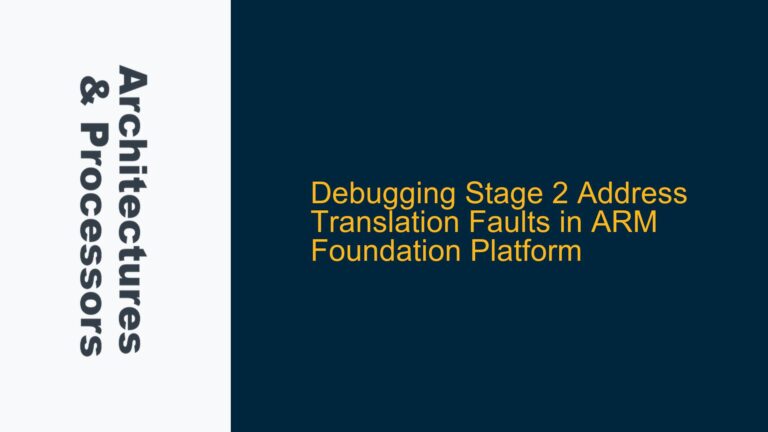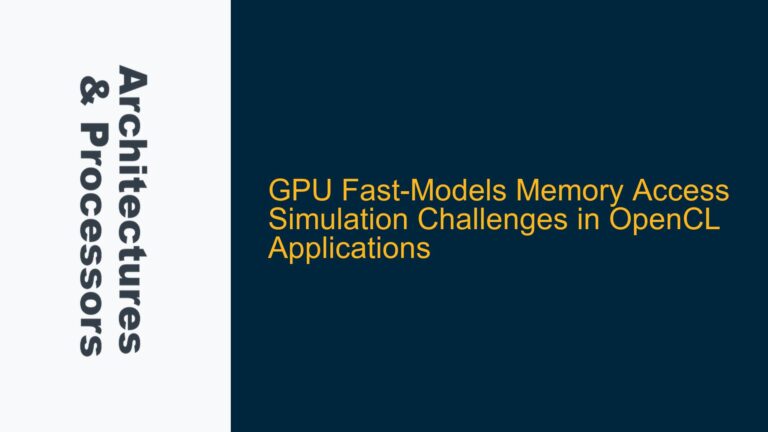tlm_quantumkeeper::set_global_quantum Impact on ARM Fast Models
ARM Fast Models and tlm_global_quantum Synchronization Mechanism The synchronization mechanism in ARM Fast Models is heavily reliant on the SystemC TLM-2.0 standard, which introduces the concept of quantum-based synchronization to balance simulation performance and accuracy. The tlm_global_quantum API is a critical component of this mechanism, as it defines the global quantum size, which is the…
